Fork It! July
Until a torrential downpour bashed them to bits, my peonies were in gorgeous full bloom and looked good enough to eat. I checked and found out that they are toxic for humans, so they are therefore inedible, but it made me wonder about plants that are edible. Are they also eatable? In other words, would you want to eat them?
Of course, we do eat flowers – perhaps without even realising it. Aromatic, spicy cloves are the dried flower buds of a tree native to Indonesia and capers – an ingredient in tartare sauce – are the pickled buds of a Mediterranean plant Capparis spinosa. Lavender and roses are also used to scent jams and jellies, – although their delicate flavour is often drowned by large quantities of sugar – and elderflowers are used to make cordials, although strictly speaking we don’t eat the flower itself. Rose petals can be painted with egg white and frosted with icing sugar as a cake decoration, but the overriding taste is still of sugar.
Salads provide the perfect “bland” background in which to use raw flowers and the purple flowers of chives provide a splash of colour and a light onion taste. If you don’t have chives in your garden the white flowers of their cousin, wild garlic, (also called ramsons) can be found in damp woodland sites in spring. Even though washing can make them a bit limp and soggy, I recommend giving wild flowers a rinse under running water and then carefully patting them dry with kitchen paper, particularly if you are going to eat them raw. As our beloved Labrador is a bitch, I hadn’t thought of the implications of foraging, but after observing my friend’s dog running around everywhere cocking his leg up, I resolved that I would be very careful with anything growing at what my friend termed “wee-wee height”!
Nasturtium flowers are also commonly used to add colour to salads and they have a slightly peppery taste. They are very easy to grow (and will usually self-seed) and tossed with a few Japanese mizuna leaves, (which I hope you are growing after my previous recommendations) can make a sophisticated-looking salad.
Cooking with flowers usually involves a batter and frying, to provide some substance and flavour. The most well-known are courgette flowers, although flowers from any member of the squash or pumpkin family will do. They are best harvested when the sun is out and they are fully open, shaken to remove any insects or dirt and then dipped in a very light batter made of flour and ice-cold water before frying in oil. Some recipes suggest adding Parmesan cheese to the batter and if you want to be really indulgent, stuff the flowers with a little mozarella or ricotta before dipping in the batter. It’s not a dish to try if you are watching the calories, but sounds much more appetizing than a recipe I found for “dandelion flower fritters”, which used a beer batter and honey for drizzling – yuck!

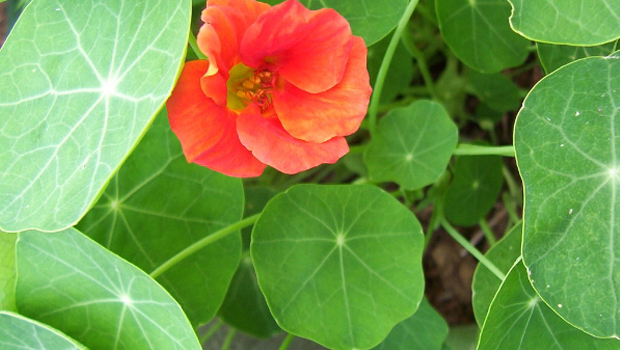
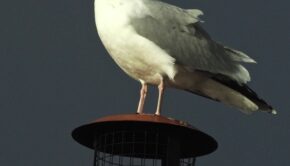
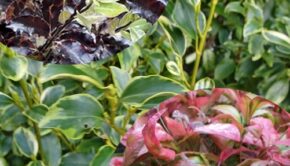
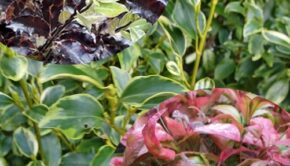
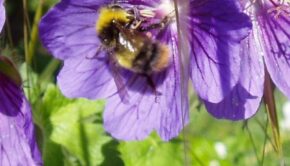
Comments